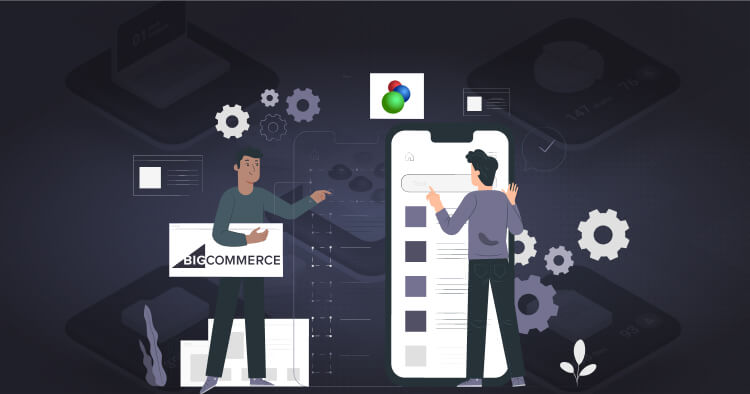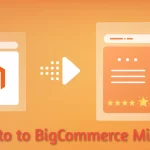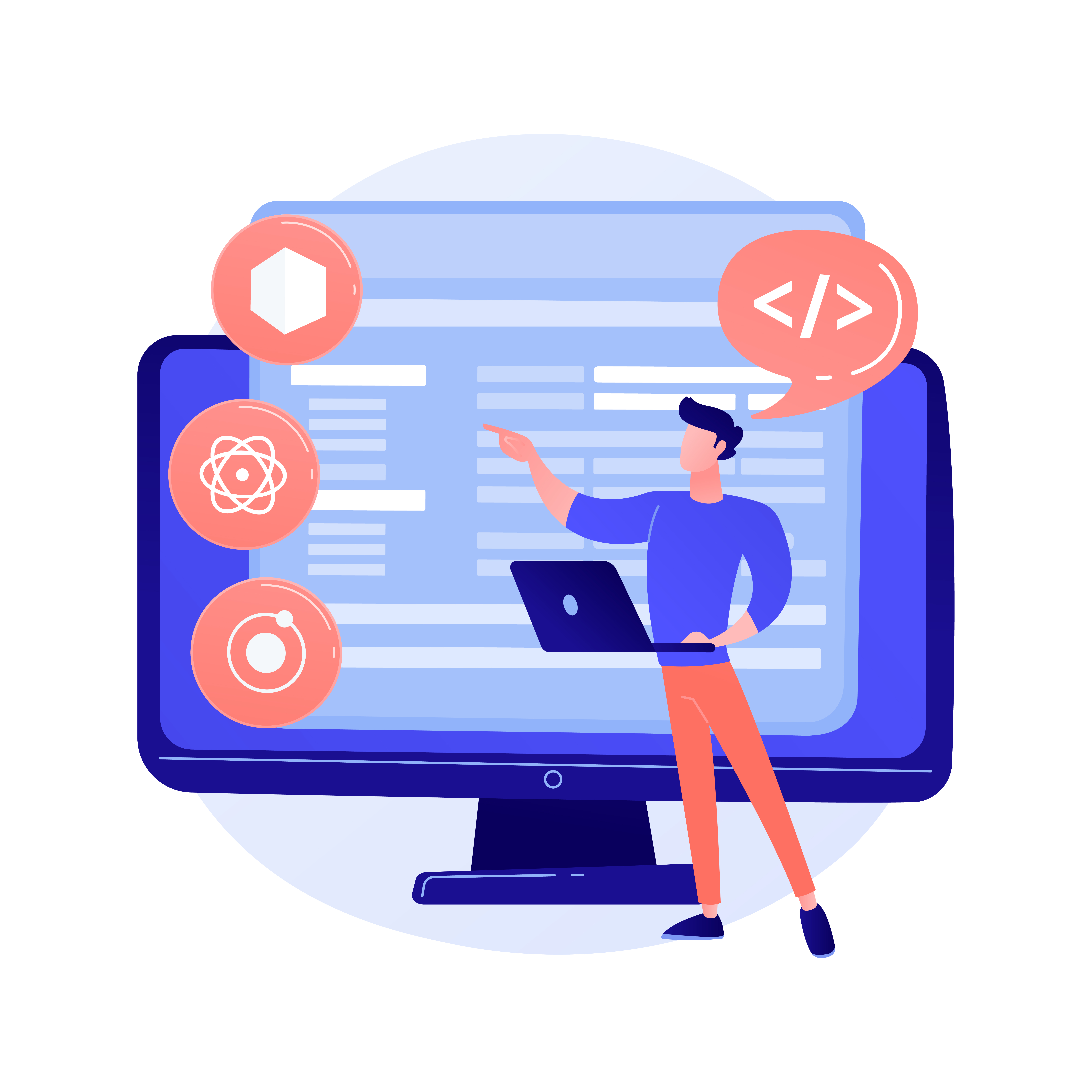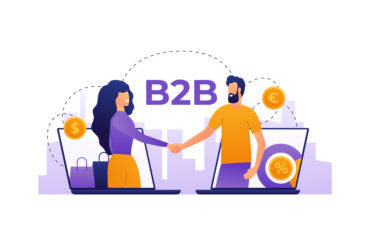Seamless Migration from osCommerce to BigCommerce: A Step-by-Step Guide
Last Updated | April 26, 2024
Table of Contents
As your e-commerce business grows, you may find that your current platform, such as osCommerce, no longer meets your evolving needs. If you’re considering a switch/migration to a more robust and feature-rich platform, BigCommerce offers a compelling solution. In this blog post, we will provide you with a step-by-step guide on how to migrate from osCommerce to BigCommerce, ensuring a smooth transition while preserving your valuable data and minimizing disruption to your online store.
Step 1: Evaluate Your Current osCommerce Store:
Before beginning the migration process, take the time to assess your current osCommerce store. Identify the key functionalities, product catalog, customer data, and any customizations you have implemented. This assessment will help you plan your migration strategy effectively.
Step 2: Set Up Your BigCommerce Store:
Sign up for a BigCommerce account and set up your new store. Familiarize yourself with the platform’s interface, features, and design options. BigCommerce offers various templates and customization options to create a visually appealing and functional storefront.
Step 3: Data Preparation:
Export your data from osCommerce, including product information, customer details, orders, and categories. Use the built-in export functionality of osCommerce or consider using a third-party migration tool to streamline the process.
Step 4: Import Data into BigCommerce:
In BigCommerce, use the import functionality to bring in your data from osCommerce. Ensure that the data is formatted correctly, following the guidelines provided by BigCommerce. Take advantage of BigCommerce’s import tools and mapping options to align your data with the platform’s structure.
Step 5: Design and Customization:
Now it’s time to recreate the design and customizations of your osCommerce store in BigCommerce. Choose a BigCommerce theme or create a custom design using the platform’s built-in design tools. Customize the layout, colors, fonts, and branding elements to align with your brand identity. If you had any custom functionality in osCommerce, explore the capabilities of BigCommerce and consider using its APIs or third-party integrations to replicate or enhance those features.
Step 6: Test and Validate:
Thoroughly test your new BigCommerce store to ensure that all features and functionalities are working correctly. Test the ordering process, payment gateways, shipping options, and any custom functionality. Pay attention to the accuracy of data migration, such as product attributes, customer information, and order history. Conduct multiple test transactions to ensure a seamless customer experience.
Step 7: Redirects and SEO Considerations:
To avoid losing search engine rankings and ensure a smooth transition for your customers, set up proper redirects from your old osCommerce URLs to the corresponding URLs on your new BigCommerce store. This will help preserve your search engine rankings and maintain the flow of traffic to your website. Additionally, review your SEO strategy and optimize your product pages, metadata, and content for better visibility in search engine results.
Step 8: Go Live and Monitor:
Once you’re satisfied with the testing and validation, it’s time to make your BigCommerce store live. Update your domain settings to point to your new store, and inform your customers about the migration. Monitor your store closely during the initial days to ensure everything is functioning smoothly and address any issues promptly.
Conclusion:
Migrating from osCommerce to BigCommerce can be a significant undertaking, but with proper planning and execution, it can be a smooth and rewarding process. By following this step-by-step guide, you can seamlessly transition your online store to BigCommerce, benefiting from its robust features, advanced functionalities, and user-friendly interface. Leverage the migration to enhance your store’s design, functionality, and customer experience, while preserving your valuable data and maintaining your









